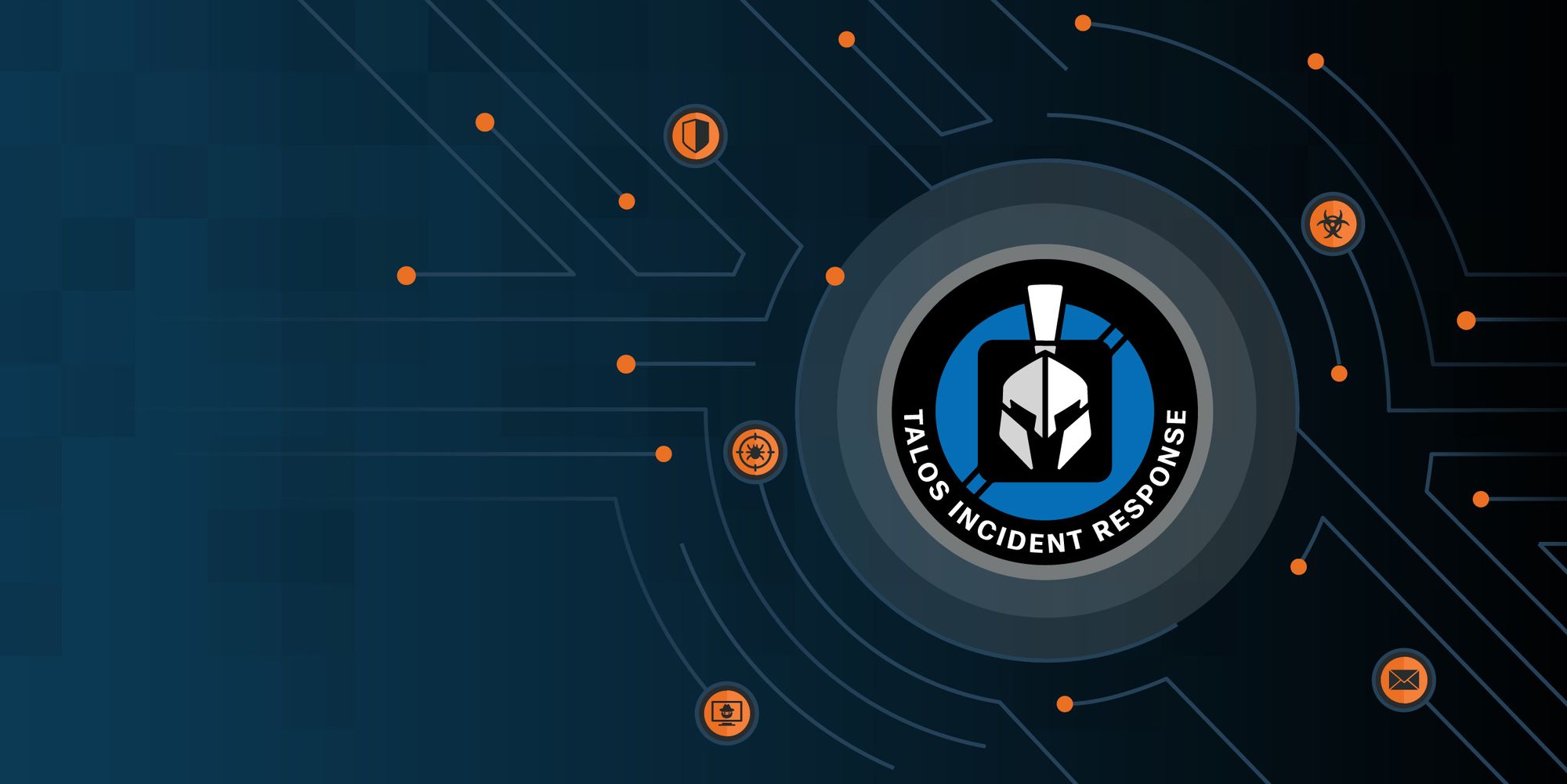One of the primary reasons why cybersecurity remains a complex undertaking is the increased sophistication of modern cyber threats. As the internet and digital technologies continue to advance, so do the methods and tools cybercriminals use. This means that even the most secure systems are vulnerable to attacks. Detecting and preventing these attacks require constant vigilance and adaptation. The human element of security only makes this more complex, rendering well-secured systems vulnerable to compromise due to human error or negligence, such as weak passwords or falling victim to social engineering attacks.
Developing a robust cybersecurity practice involves implementing multiple layers of security measures that are interconnected and continually monitored, including training and awareness programs to ensure that employees follow best practices. Even with best practices in place, the potential for threats from cybercriminals remains a constant concern. To assist companies in their journey for cybersecurity, Cisco Talos Incident Response has a new paper that outlines what businesses with a burgeoning security program need for a robust foundation and logging architecture for businesses, even those with limited resources.
This paper focuses on key areas of cybersecurity aiming at the holistic protection of IT environments, including their comprising endpoints, networks, cloud services and physical security. The paper also poses a set of essential questions that, when answered at the strategic level, can increase the resilience and security of a business.
The advice we outline in this paper may not be for every organization — much of this depends on budgeting, human resources and the maturity of your security operations. However, we hope businesses of all sizes can find advice in any of these sections that could help them address gaps in organizational security or potential areas of investment.
